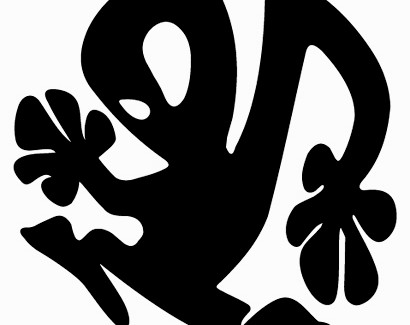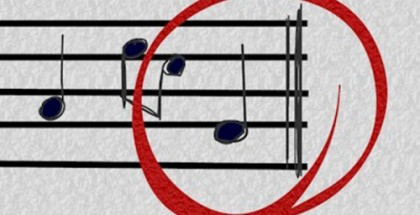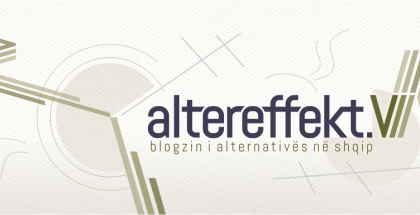A Psycho-emotional Balance through Conceptual Electronic Music Sessions: Plastikman
It is in general a tricky task on how and where to find the human touch in the bio-electronic reality of digitally created music, and therefore, in its live performance as well. What matters most in a digitally automatized sound, tones, tact and tunes – which we could even label as artificial in a way is – is not so much the performance, but rather the composition and how a different compositional techniques get engaged. In fact, it is about the decision and the planning side of creating the sound artwork.
Although a general view of the automatism of digitally created electronic music is very dominant, the analogue possibilities for their manipulation and usage of these new broad instruments are vast and offer quite a lot of possibilities to experiment with. Accordingly, the ability to use them rightly is becoming more prominent and decisive, in contrast to the possibility to sound repetitive, non-authentic, automatic and not innovative – an ever more present occurrence in new musical productions.
I want to focus on one of my favorite electronic music creators and producers, Richie Hawtin, focusing in the role of his conceptual project character of “Plastikman”. Siding with the meaning of the name, the music tends to give an impression of fluid and a very non-passionate constance on the one side and not an absolutely cold one either, but rather plays on a consistent balance of impulses, tunes and intonations.
The example through which I choose to analyze this constant audio balance that he provides is the “EX” album, the first after more than a decade, published modestly on his Youtube channel, accompanied by interconnected visualizations as well.
My first impressions turned me to the acid-techno sounds of Artifakts album (especially in the last part of the album) combined with the generally new “pixelated” sounds (Kraftwerkish style tunes), while the DE9 album’s synth-waves make the entry. Gives the impression that Plastikman – as he points out – takes us back to the past (to his previous albums) then introducing the novelties of the “uncertain future” presented with more progressive and new currents for him.
The tracks – as it is a common practice in conceptual albums and musical compositions – are fully integrated in a continuum perspective, elegantly combined – almost unnoticeably – and in full harmony to the overall theme of the composition. Further observing it compositionally, we notice a retrospective take on its beginning chapters (tracks), with the intensity flaring considerably (although never exaggeratingly) throughout the mid tracks and slowly ending in carefully stabilized harmony. Again, characteristically to him, is the never-exploding balance of tonality, and the careful play with the rhythmic accelerations. His stamp and legacy of ‘balance’ remains present throughout all the main chapters (tracks). As always, he does not disappoint in achieving this energy balance which never spills or explodes (*Minute 43:00). This specialty, this middle line, is not so common in the electronic music industry. It is rare, as it does not sell and is not popular, and a true mastery is the reason he has survived and achieved this enormous success by using a very refined model of composing electronic music. Not avoiding digressions or sudden changes, and being unpredictable does not seem an easy turn to go with in music. Surprisingly, his specific style of composition has been fairly accepted by the world electronic music audience, which in general prefers easier perceptible tunes and is not necessarily musically educated. He became an icon in the ‘rave’ culture with his unique musical language, and which later became an inspiration for further evolution of the minimal techno genre, but also influential in other artistic expressions and representation, such as in various new media visual art branches.
Although the general principles of a musical composition are present, comparing his work to the established musical forms, like classical music, pop, or folk, is not such an easy task. In fact, the specificity of his creations was noted in the semiotic structure study by a group of researchers in the AES Conference in 2014, in which out of 383 songs the only two exceptions with unconventional structures label does not fit with the ‘proposed conventions’ came exactly from his 1994 album Musik (AES53 – Bimbot et al.). The irregular innovations made possible through the extensive use of digitally available modes is creating new musical concept and a new perception of music as an electronic audio art, manipulated in combination with the predestined algorithms of artificial intelligence.
The sound is a powerful communication tool to express and share emotions, to create meanings and to engage in signage representation. In this respect, with the way Plastikman manipulates technology and compositions, he proves to be a real electronic music guru for stable psyche and emotions, a true Audio Shaman. In a way his conceptual musical creations, as is the case of the projects published under the pseudonym “Plastikman”, are in fact musical psychological therapeutic sessions, offering what I experience as a balanced middle line between the audio perceptive extremes, whatever abstract form these extremes might take. His comment on the project says: “EX is an Excursion into the past Exploring the uncertainty of the future, EXpanding and EXtending the immersive atmospheres of my Plastikman project.”.
Technology has influenced music tremendously. Both the new analogue instruments and digital ones have created new possibilities for creating tunes. Technology shapes and reinvents the notions of art –and on its possible meaning when represented through the musical gaze. Plastikman offers the possibility of experiencing electronic music as a humanly modified automated metalanguage, which he encodes in his method of the aforementioned balance while personifying it, by remaining nonverbal, with a play on absence and sound in the automatic order of notation and tact. Thus, Plastikman signifies the manipulation of digital automatism to create a musical therapy of balance.
Works Cited
F. Bimbot, G. Sargent, E. Deruty, C. Guichaoua, and E. Vincent, “Semiotic Description of Music Structure: An Introduction to the Quaero/Metiss Structural Annotations,” Paper P1-1, (2014 January.). doi:
Plastikman. Musik. Novamute Records and Plus 8. 1994.
Plastikman. EX. Mute Records. 2014.
Plastikman. Artifakts [bc]. Minus and Novamute Records. 1998
Richie Hawtin. DE9 Transmission. Minus and Novamute Records. 2005.
*Marrja e përmbajtjeve të plota apo pjesore të artikujve lejohet vetëm me shtimin e referencës për postimin origjinal në blog.



















